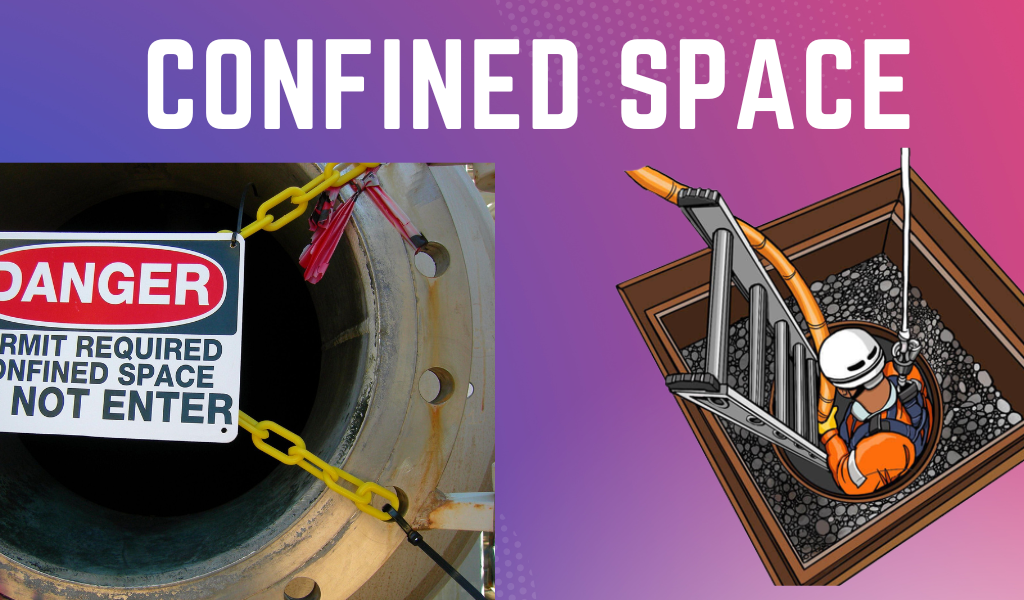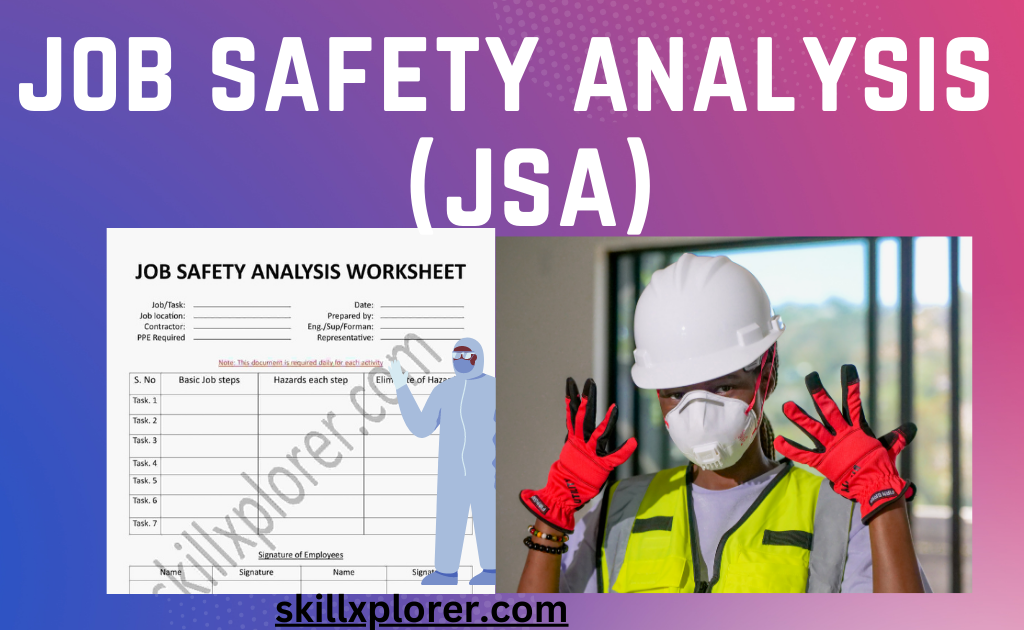Introduction
Fire safety is a crucial aspect of any organization or individual’s responsibility to protect lives and property. In this article, we will explore the concept of RACE fire safety, which stands for Rescue, Alarm, Contain, and Extinguish/Evacuate. RACE provides a comprehensive framework for responding to fire emergencies effectively. We will delve into each component of RACE, highlighting its significance and offering valuable insights into implementing fire safety measures. By the end of this article, you will have a clear understanding of RACE fire safety and how to apply it in various scenarios.

Table of Contents
- RACE Fire Safety in Residential Settings
- RACE Fire Safety in Commercial Buildings
- RACE Fire Safety in Educational Institutions
- RACE Fire Safety in Healthcare Facilities
- RACE Fire Safety in Industrial Environments
- Training and Education for RACE Fire Safety
- Maintaining Fire Safety Equipment
R – Rescue
When a fire emergency occurs, the safety and well-being of individuals should be the top priority. The “R” in the RACE acronym stands for rescue, emphasizing the importance of promptly evacuating people from the affected area. This involves implementing clear evacuation procedures and establishing designated emergency exits.
To ensure a smooth evacuation process, it is essential to have well-marked escape routes and exit signs throughout the building. Regular fire drills should be conducted to familiarize occupants with the evacuation procedures and the location of emergency exits. In emergency situations, occupants should follow the designated routes and proceed calmly to the assembly point outside the building, away from any potential hazards.
A – Alarm
The “A” in the RACE acronym represents the activation of fire alarms. Fire alarms play a critical role in alerting occupants to the presence of a fire and initiating the emergency response. These alarms should be properly installed, regularly maintained, and tested to ensure their functionality.
Upon hearing the fire alarm, it is crucial to take immediate action. Occupants should treat every fire alarm as a serious situation and respond promptly. It is essential to familiarize oneself with the sound and location of fire alarms within the building. Never ignore or dismiss the alarm, as it serves as an early warning system and can help save lives.
C – Confine
Confine refers to the act of containing the fire and preventing its spread. This step aims to limit the fire’s impact and provide additional time for evacuation and firefighting efforts. Confine strategies involve closing doors, windows, and other openings to restrict the movement of fire and smoke.
By confining the fire to its initial area, the potential for it to spread and cause further damage is reduced. Building designs should incorporate fire-resistant materials, such as fire-rated doors and walls, to impede the fire’s progress. Additionally, fire-resistant compartmentalization can help contain fires within specific areas, enabling a more effective response and minimizing the risk to occupants.
E – Extinguish/Evacuate
The final step in the RACE acronym is E, which stands for extinguish or evacuate. The decision to extinguish the fire or evacuate depends on various factors, including the size and nature of the fire, available firefighting resources, and the level of training of individuals present.
Small fires that can be safely extinguished using portable fire extinguishers may warrant immediate action. However, it is crucial to prioritize personal safety and evacuate if the fire is too large, spreading rapidly, or accompanied by heavy smoke. In such situations, alerting others and evacuating the building promptly is vital.
Remember, the safety of individuals is paramount. Never jeopardize personal safety by attempting to fight a fire beyond one’s capabilities. It is always better to evacuate and allow professional firefighters to handle the situation.
6. RACE Fire Safety in Residential Settings
Implementing RACE fire safety measures in residential settings is vital to safeguard the lives of occupants and protect property. Homeowners should prioritize installing smoke detectors in key areas of the house and regularly test their functionality. It is essential to have a well-defined escape plan and conduct regular family fire drills to ensure everyone knows what to do in an emergency. Additionally, keeping fire extinguishers readily accessible and maintaining clear pathways for evacuation are crucial steps to enhance residential fire safety.
7. RACE Fire Safety in Commercial Buildings
Commercial buildings house a large number of people and valuable assets, making fire safety a top priority. Employers should appoint fire wardens who receive proper training to handle fire emergencies effectively. Regular inspections of fire suppression systems, such as sprinklers and fire alarms, should be conducted to ensure their functionality. Conducting fire drills and raising awareness among employees regarding evacuation procedures are also vital to maintaining a safe working environment.
8. RACE Fire Safety in Educational Institutions
Educational institutions must prioritize fire safety to protect the lives of students, faculty, and staff members. Schools and universities should develop comprehensive fire safety plans that include regular fire drills and training sessions. Installing fire alarms, emergency lighting, and fire extinguishers throughout the premises is crucial. Educating students about fire safety and conducting mock evacuation drills can empower them to respond appropriately in case of a fire emergency.
9. RACE Fire Safety in Healthcare Facilities
Fire safety in healthcare facilities is of utmost importance due to the vulnerability of patients and the complexity of the environment. Implementing robust fire safety measures, such as fire-resistant construction materials and sprinkler systems, is essential. Healthcare staff should receive specialized training on fire response protocols and evacuation procedures. Regular maintenance and testing of life-saving equipment, such as oxygen tanks and fire alarms, are critical to ensure their reliability.
10. RACE Fire Safety in Industrial Environments
Industrial settings pose unique fire safety challenges due to the presence of hazardous materials and complex machinery. Employers should conduct thorough fire risk assessments and implement appropriate control measures. This includes maintaining proper storage and handling of flammable substances, ensuring adequate ventilation, and conducting regular equipment inspections. Training employees on fire safety procedures, including the proper use of fire extinguishers, is essential for a safe work environment.
11. Training and Education for RACE Fire Safety
To effectively implement RACE fire safety, comprehensive training and education programs are necessary. Employers and organizations should invest in regular fire safety training for employees, including proper evacuation techniques, fire extinguisher usage, and awareness of potential fire hazards. Training should be tailored to specific settings and roles, ensuring that individuals are equipped with the knowledge and skills to respond effectively during fire emergencies.
12. Maintaining Fire Safety Equipment
Regular maintenance of fire safety equipment is crucial to ensure its reliability during emergencies. This includes inspecting and testing fire alarms, extinguishers, sprinkler systems, and emergency lighting. Routine maintenance schedules should be established, and any faulty equipment should be promptly repaired or replaced. Additionally, keeping a detailed record of maintenance activities is essential for compliance and accountability.
Conclusion
In fire emergencies, a swift and coordinated response is crucial. The RACE acronym, which stands for Rescue, Alarm, Confine, and Extinguish/Evacuate, provides a systematic approach to fire safety. By prioritizing the rescue of individuals, activating fire alarms, confining the fire’s spread, and making informed decisions regarding extinguishing or evacuating, we can effectively respond to fire emergencies and protect lives.
Implementing fire safety measures, conducting regular drills, and promoting awareness among occupants are essential in maintaining a safe environment. By understanding and applying the RACE acronym, individuals and organizations can be better prepared to respond to fire emergencies and minimize the potential risks associated with them.
Safety Training: www.diss.com
Also read: Confined Space Safety and Job Safety Analysis (JSA)
Thank you




